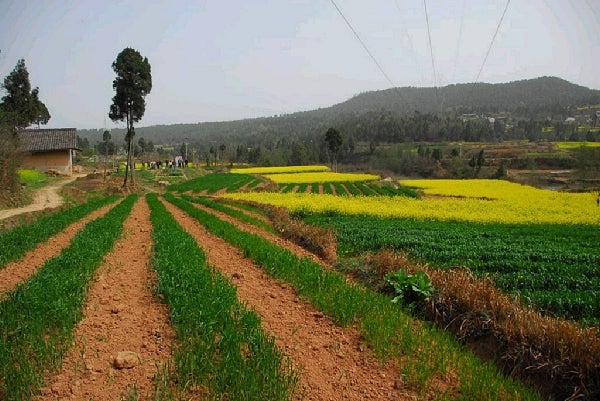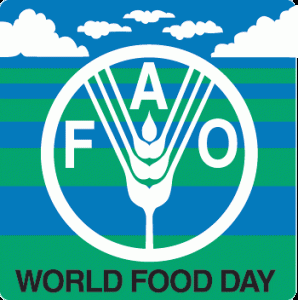This blog is co-authored by Yiwei Gan.
One of the largest rivers in the world struggles to reach the ocean. Spread across a huge slice of a continent, its basin supports millions. Yet the weight of its work to irrigate and power booming farms and cities in an increasingly arid zone is straining the river to a breaking point. For many working in the western water space, this describes the Colorado. A river whose over-work and over-allocation, despite its fundamental role in sustaining life for half a continent, seems in many ways singular.











